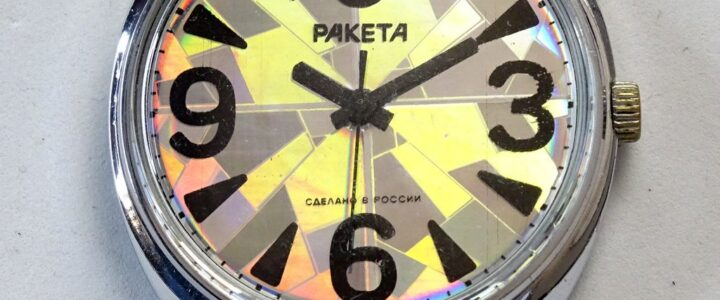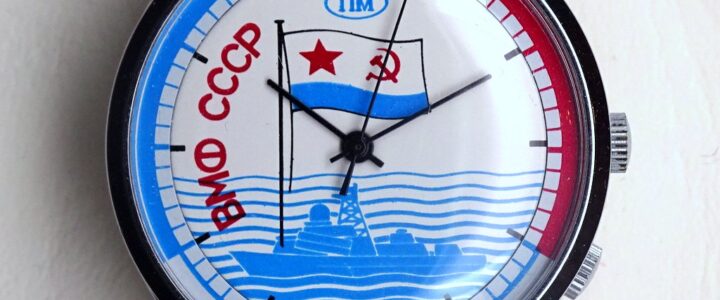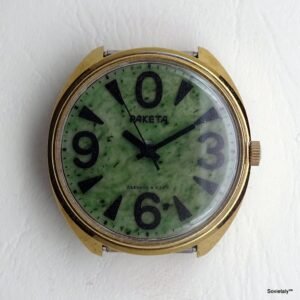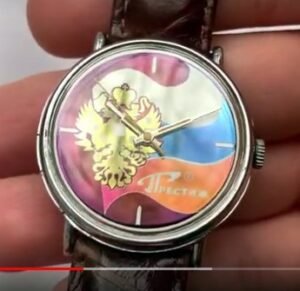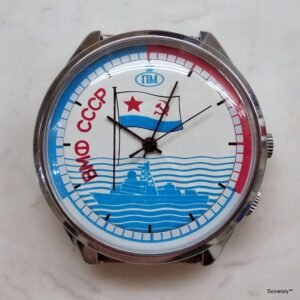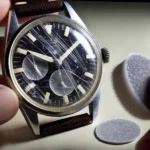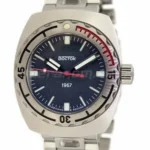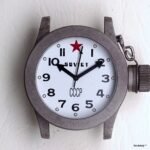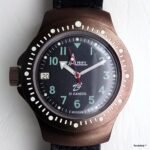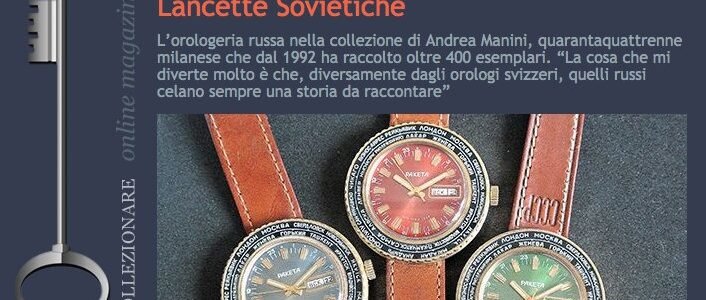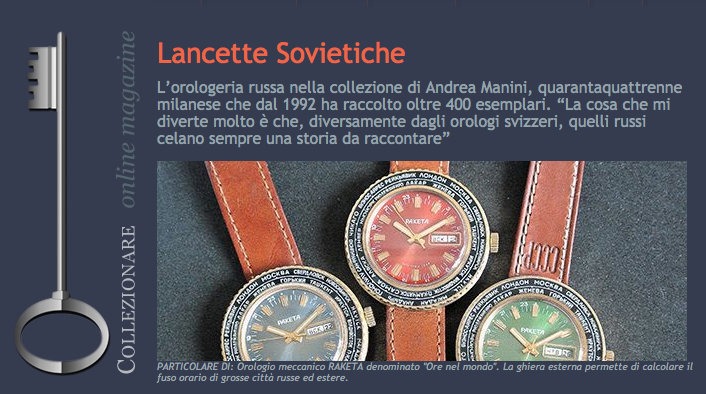Vostok and Raketa are renowned Russian watch brands known for their innovative holographic watches. These timepieces, particularly those with military and commemorative themes, have garnered significant interest among collectors. Additionally, some rare Vostok models feature the Poljot 2609 caliber instead of the typical Vostok 2414A, further increasing their rarity and desirability.
Key Highlights
Vostok Holographic Watches
- Military Themes: Vostok holographic watches often showcase images of military vehicles such as tanks and airplanes, reflecting the brand’s historical connection to the Russian military.
- Commemorative Editions: These watches celebrate significant events and anniversaries, making them popular among collectors.
- Rare Variants: Some Vostok models are equipped with the Poljot 2609 caliber, a deviation from the typical Vostok 2414A, making these models particularly rare and valuable.
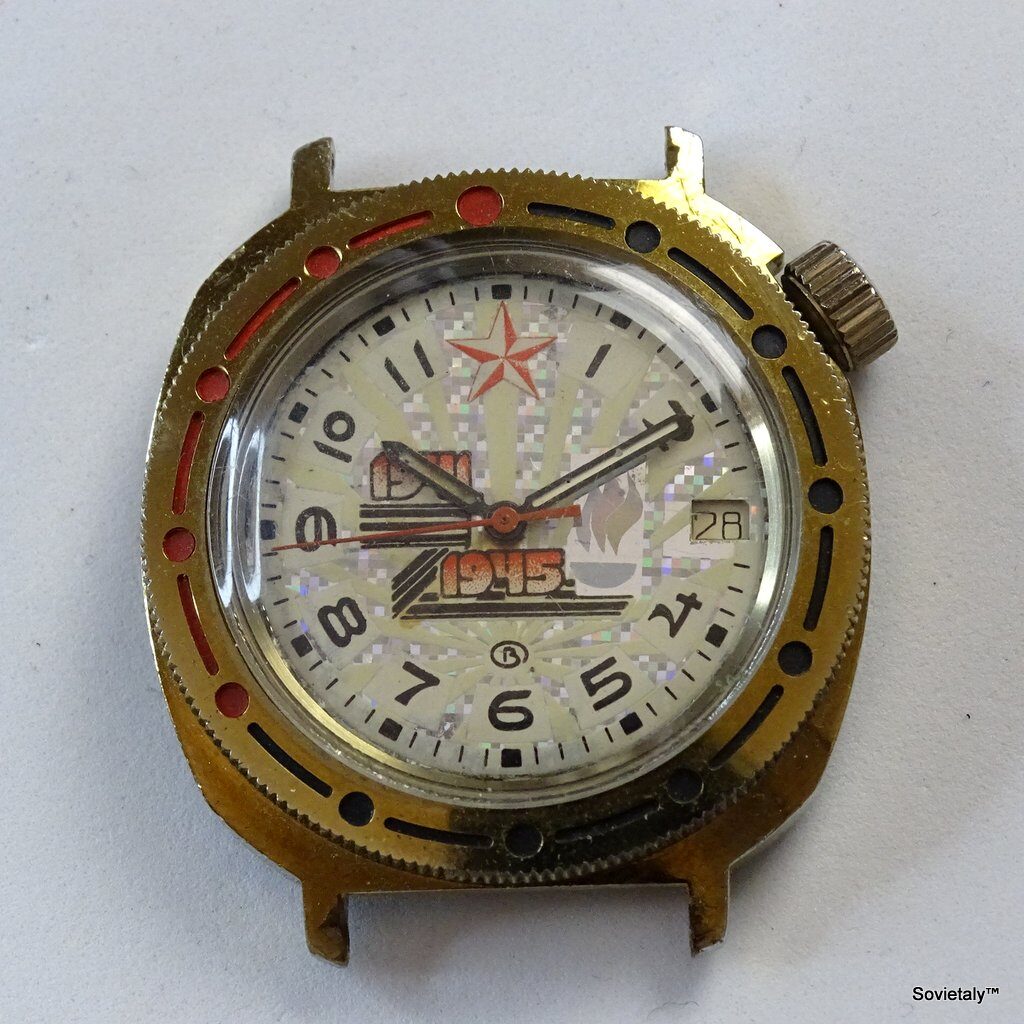
Raketa Holographic Watches and Starcke Oy Collaboration
- Holographic Designs: Raketa experimented with holographic designs in the 1980s, producing limited models with holographic elements such as images of Lenin and other Soviet symbols. These models were created in the experimental shop at the Petrodvorets Watch Factory and were often destroyed if they did not meet specific standards (WatchUSeek Watch Forums).
- Collaboration with Starcke Oy: In the 1990s, Raketa collaborated with Starcke Oy, a Finnish company specializing in holographic films, to produce holographic watches. This collaboration aimed to enhance the visual appeal of Raketa watches by integrating advanced holographic technology into their designs (WatchUSeek Watch Forums) (Raketa).
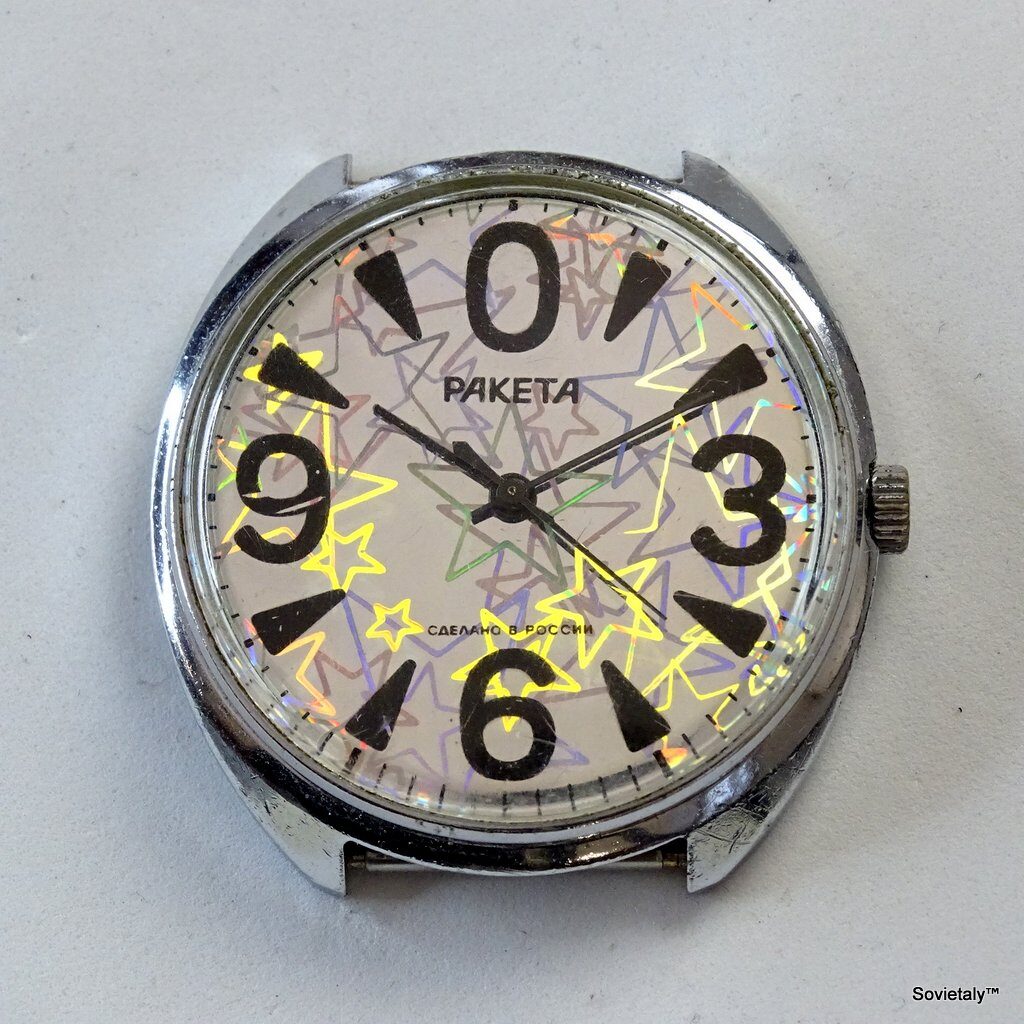
About Starcke Oy
Starcke Oy is a Finnish company founded in 1983, specializing in brand protection and unique packaging solutions. The company gained recognition for its high-quality holographic films, which were used not only in Raketa watches but also in various security and branding applications. Starcke’s expertise in holography made them a valuable partner for Raketa during their collaboration in the 1990s (Wikipedia, vapaa tietosanakirja).

Other Soviet Brands
- Experimental Designs: Besides Vostok and Raketa, other Soviet watch brands also experimented with holographic dials, though these models are rarer. Collectors highly seek these timepieces due to their unique designs and limited production runs.
Collectibility and Market Value
These holographic watches are highly sought after in the collector’s market due to their unique designs, historical significance, and the rare variants equipped with different calibers. The collaboration between Raketa and Starcke Oy, in particular, represents a significant chapter in the history of Russian watchmaking, blending traditional craftsmanship with innovative technology.
Further Information
For detailed discussions and examples of these watches, visit forums like Watch.ru and Faleristika.info or this section of the sovietaly’s website. These forums provide extensive insights from collectors, showcasing various models and their historical contexts.
Conclusion
Vostok and Raketa holographic watches represent a fascinating blend of technology and traditional watchmaking. Their military themes, commemorative designs, and collaborations with companies like Starcke Oy make them highly collectible and valuable pieces of horological history.

